What is a Hard Money Loan?
A hard money loan is a short-term asset-based, or equity-based, loan secured by real estate and funded by one or multiple private investors, rather...

I told my friend, who is in the medical device field, that most of the trust deed investors we work with have a few million dollars to tens of millions of dollars loaned out, are experienced in either real estate, finance, law, or all the above, and they know how to navigate the process if a borrower defaults. They’ve diversified across several loans, usually in a geographic area or areas they know very well. Simply, it’s mostly real estate people lending out their money to other real estate people and that my friend didn’t really fit this profile.
My friend also posed the question of trust deed investing versus a 401K rollover at Vanguard to their father, who has several commercial buildings and over the decades has done very well in the stock market. His advice was to stick with the Roth IRA because it’s what worked for him, it will be easy, low-cost, and out of sight out of mind for 20+ years.
Their father, who had always gone to his local bank for financing on his commercial buildings, didn’t understand why people would pay 9.00-10.00% on a loan when they could just go to their bank and pay 4.00-5.00% (in 2021) – just like him.
He knew of hard money lending but never needed it himself and didn’t know why other people would need to use hard money loans.
And that question - “Why do people use hard money loans?” - is what I want to answer in this article so more people, new to or unfamiliar with hard money loans, will have a better understanding of how people are using these loans to accomplish their real estate goals.
Below are 20 different examples of why people use hard money loans:
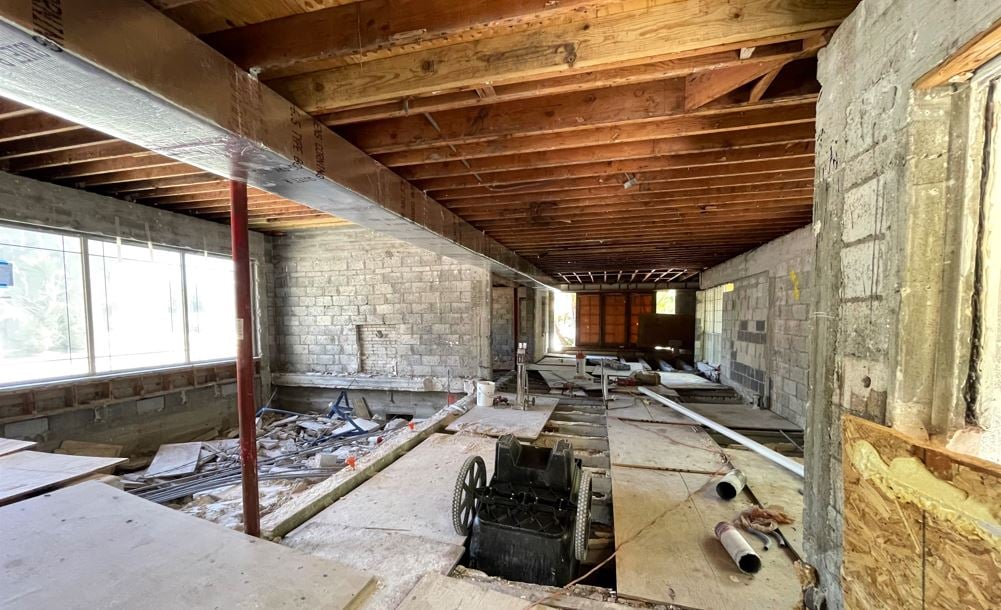
Mid-construction completion loans are something hard money lenders do very well and have extensive experience funding, working alongside the title company, which has subcontractors and suppliers sign lien waivers prior to funding the loan. Mechanics liens take priority on title over other liens, including the deed of trust. No hard money lender would want to be in a junior position on title when doing a construction completion loan.
FCTD has originated dozens of mid-construction loans, both purchase and refinance transactions. They take a little extra time due to getting the waivers signed, but they usually become successful projects for our builder clients.
FCTD had a loan in Northern California where the home had a tarp covering a portion of the roof and the homeowner’s credit scores had taken a hit due to an unexpected 4-month gap in employment where they fell behind on payments. When they contacted us to refinance the home, both borrowers were back to work with income back to previous levels.
However, due to the condition of the roof, the house was unfinanceable per Fannie, Freddie, and FHA guidelines. Add on 550 FICO scores, they were below the FHA minimum of 580 and we had to use a 30-year hard money loan to repair the roof, pay off a few bills, and get their credit scores up before refinancing into FHA or a Fannie/Freddie loan.
FCTD rarely originates loans to borrowers with low credit scores. But, in this situation, the borrowers had a viable exit strategy to refinance out of the hard money loan within 6-7 months after their credit scores improved to at least 620.
In the hot seller’s market of early 2021, where multiple offers above list price was common, FCTD received a call from a lender contact in Los Angeles whose self-employed borrower’s loan was taking longer than expected to close. The seller had granted a 10-day extension, but with several backup offers at higher prices waiting, the seller issued a 3-Day Notice to Perform or else the buyer would lose the house and lose their earnest money deposit.
FCTD had loan docs out the next morning for the borrower to sign in the afternoon at the title company. The loan funded and recorded with an extra day to spare.
The borrower wound up making one payment on the hard money loan before refinancing into a jumbo 30-year fixed loan.
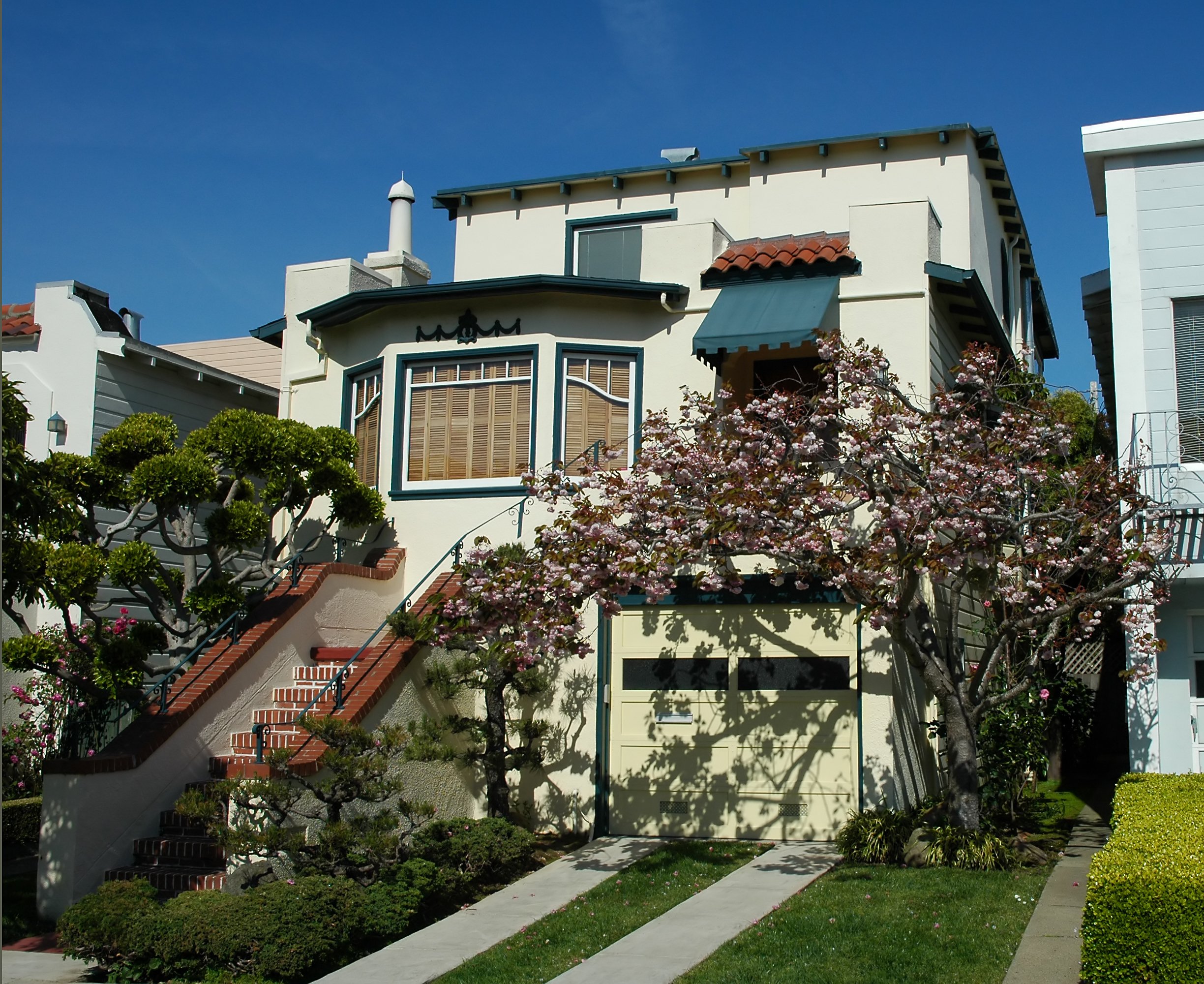
San Francisco has had two stretches during the past decade where tech and real estate were booming at the same time. FCTD had a buyer from the tech industry with significant down payment but kept losing out to other all-cash tech buyers.
The solution was to submit 10-day offers with hard money loan approval and 40% down payment to compete with the all-cash offers. It eventually worked and the borrower made two payments on the hard money loan before refinancing into a jumbo mortgage.
FCTD had an investor acquiring a Newport Beach rental property who ran into problems getting jumbo bank financing due to a 1-time $1,000,000+ tax loss on their personal income taxes after acquiring a business in the previous year. We arranged a 2-year hard money loan at 6.99% since the borrower only needed a 40% Loan-To-Value (LTV) loan.
This is another case where the borrower was very strong on paper – great income, assets, credit, a large rental property portfolio – and had a 40% down payment from a 1031 Exchange. The problem was that the subject property only had 30% occupancy, which didn’t meet the requirements of the community bank where they had submitted their loan application.
To close the transaction on-time, the borrower used a 12-month bridge loan, which they eventually extended out to 15 months. Once the commercial portion of the building was leased and the borrower showed had one year of verifiable vacation rental revenue, the community bank approved the loan and paid off the hard money loan.
In the summer of 2022, I had a few self-employed buyers in Portland run into problems getting financed for jumbo loans stemming from their Paycheck Protection Program SBA loans from 2020. I didn’t dig into the details with the referring mortgage lenders because we needed to get the hard money bridge loans closed quickly since multiple other transactions were dependent on our transactions closing.
Fortunately, both sets of borrowers had perfect credit, excellent income, and would be able to refinance the hard money loans within 2-3 months.
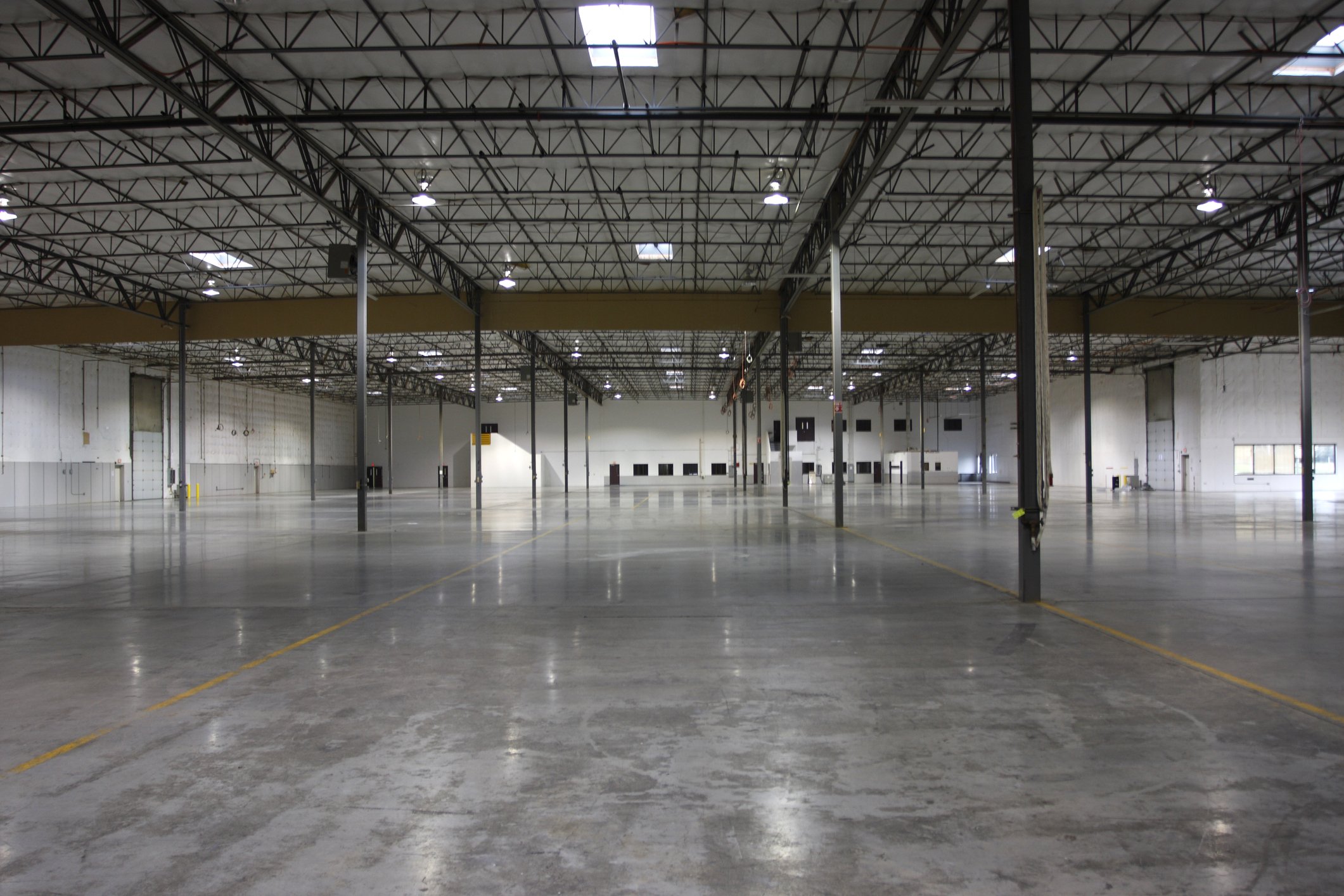
Similar to #6 above, banks and insurance companies don’t usually lend against empty or partially occupied buildings. FCTD had an investor in Northern California who needed a $3,000,000 hard money loan for 3-years, providing sufficient time to get the building leased before going to a bank or insurance company for long-term financing.
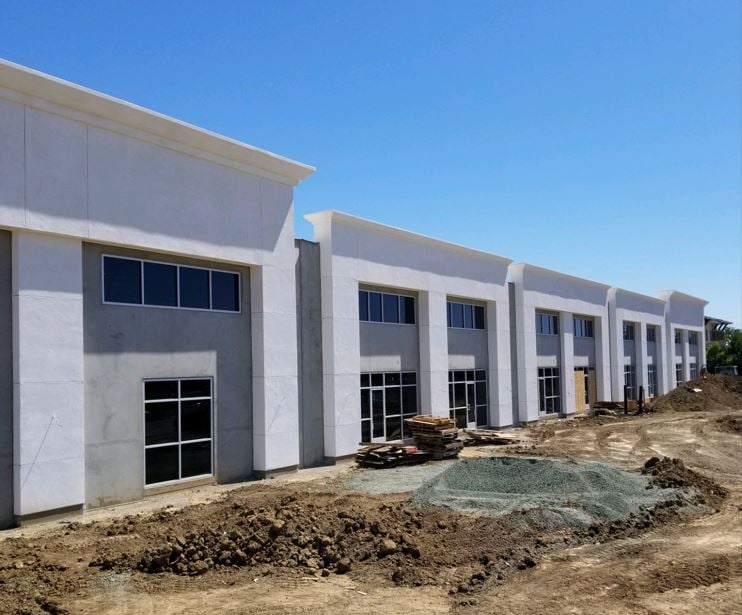
The owners of this property were 65% complete and wanted $1,000,000+ to finish construction on the building. Up to that point, the project had been self-financed. FCTD works with a trust deed investor who owns a several similar properties in Southern California, and he funded a 9-month hard money bridge loan to complete the construction.
Banks usually don’t start making money on loans until after 6-8 months. They pay commissions and other expenses on the loans during this time. Thus, they’re not in the business of originating short-term bridge loans with a 6-8 month average duration, unless the interest rate is much higher than normal (like a hard money loan).
Professional house flippers mostly always borrow from hard money lenders for purchase + rehab financing. Some, like the people with house flipping TV shows, can borrow from their local bank, but at interest rates in the 6.00% to 7.50% range (remember, it takes banks 6-8 months to start making a profit on traditional loans). Even if they borrow from their bank, they may obtain a hard money second trust deed (Gap Funding) as the project progresses, using the funds to complete the project and/or for down payment funds to acquire a new property.
FCTD did a $400,000 business purpose second mortgage on a borrower’s primary residence in Malibu. The cash-out funds went toward the expansion of the client’s catering business, which was moving into a new location and needed new equipment for the space.
When doing business purpose loans on a primary residence, most hard money lenders require borrowers to provide invoices or quotes for equipment and materials. Also, cash-out funds must be deposited into the business bank account and not the personal bank account.
As of 2022, marijuana businesses are still shut out from banking at the federal level. Most of the companies have a banking relationship with a state chartered bank or credit union – just not a federally chartered bank.
Most all buildings used in cannabis production or retail operations are financed by hard money loans. There are a few banks and credit unions that will lend to landlords with an MMJ retail tenant. Some landlords with bank financing will rent to MMJ grow operations at higher than market rents, but they run the risk of their loan being called when the bank eventually catches wind of their tenant. (I’ve seen this before and the payoff, which included another 2.5 years of yield maintenance and legal fees, was astronomical).
FCTD has originated several MMJ real estate loans over the years for both grow and retail facilities. Most all the borrowers we’ve worked with are very strong, know their business inside and out, and eventually will obtain financing from a bank, if and when federal regulations allow for it.

When a developer finishes a construction project, they need to pay off the construction financing. For spec builds, the path of least resistance is often a hard money bridge loan. Since the loan is asset-based, the lender can close within 10 days using the estimated value of each unit. A bank, on the other hand, may require two years of financial statements, full appraisal(s), significant legal expenses, and the loan can take 45-60 days to close.
With the release clause negotiated in the loan agreement, borrowers will often elect to have 100% of net proceeds from the sale of each unit go toward principal reduction, paying off the hard money loan in full after 60-70% of the units have been sold. This reduces the borrower’s overall cost of funds.
Sometimes it’s faster and easier for a home builder to obtain a hard money construction loan on a spec home. FCTD works with several builders who will go with hard money so they can get started sooner rather than later with a bank loan. They’ll pay more for hard money, but it’s a trade-off they’ve accepted to keep production moving faster.
Banks can do reverse 1031 financing, but the underwriting timelines can take 45-60 days. Since 1031 Exchanges have hard deadlines with significant tax consequences on the line, using a hard money bridge loan to get the transaction closed with time to spare sometimes makes more sense.
FCTD had a Reverse 1031 Exchange transaction in the Pacific Northwest a few years ago where the investor needed to pull $2,000,000 cash out of their existing 22-unit apartment building for the down payment funds on a 117-unit building, which also needed a $9,000,000 bridge loan to complete the acquisition.
After the exchanging property sold, the investor paid the larger loan down to $8,500,000 and refinanced into a Fannie Mae loan.

FCTD used the equity in one property as additional collateral for the acquisition of this two-acre lot in the Bay Area for a developer to build 3 high-end spec homes. Hard money blanket or cross-collateral loans are common when it comes to the acquisition of vacant lots or undeveloped land.
After the entitlements, plans, and permits were completed, we secured a hard money construction loan to build three houses on the site. The new loan released the cross-collateral property as security to the original loan.
We have a client who buys fix and flip properties inside their Solo 401K Plan, leveraging the return on equity with hard money loans. Solo 401K and Self-Directed IRA have a different set of rules when it comes to passive income and gains from real estate. Both require loans to taken by the Plan to be non-recourse, which isn’t very common with hard money loans, but can be done by removing the Personal Guaranty from the loan docs.
Proposition 13, passed in 1978, is still having an impact on California real estate transactions nearly 45 years later. In the hard money world, we see several loans each year from attorneys representing the surviving family members who need a bridge loan against the long-time family home (usually in the Bay Area) to pay out other family members.
What happens is that the parents set up a trust 30-40 years ago, which locked in the property tax rate. Through estate planning, the adult children were added to the trust and upon death of the parents, would assume ownership of the trust and the assets in the trust, including the home.
Usually, one of the adult children buys out their siblings and keeps the property, with the ultra-low property taxes, as a long-term rental property. Hard money is used when they need to settle quickly while bank or other institutional loans, like NonQM loans, can be used when there is a 30-45 day window.
I have a client in Seattle who acquired a smaller apartment building that needed major renovations, using a hard money bridge loan with rehab funds to acquire and remodel the property. Renovation time took about eight months as they moved from unit to unit when a tenant moved out.
The finished product was an almost brand-new apartment building with rents nearly double what they had been at the time of purchase.
I had another borrower in Seattle who purchased a home five years earlier with a 5-year seller financing Note because he had just moved to the United States and didn’t have an established work or credit history. Over the course of five years, each of the sellers passed away. Additionally, our borrower had to move back to his home country to care for each of his parents, who also passed away less than a year apart.
While he was out of the country, he rented the home out on a 2-year lease.
When the 5-year Note came due, the surviving adult children holding the seller financing Note did not want to extend the loan. My client was able to do a 12-month hard money bridge loan to pay off the seller financing then work on long-term financing after the tenant moved out.
I probably could have given 100 examples of why people use hard money loans because we’ve had so many unique financing scenarios over the years that I think can be helpful for people looking for an answer to their real estate problem. I’ll do that some other time down the road.
Every loan scenario is unique to the person trying to solve the problem. This is what I like the most about our industry – there’s always a brand-new scenario each month that I’ve never seen before. And, we may have a solution for the person. If we don’t, we try giving them the best information we have or pointing them in the right direction so they can solve their real estate financing problem.
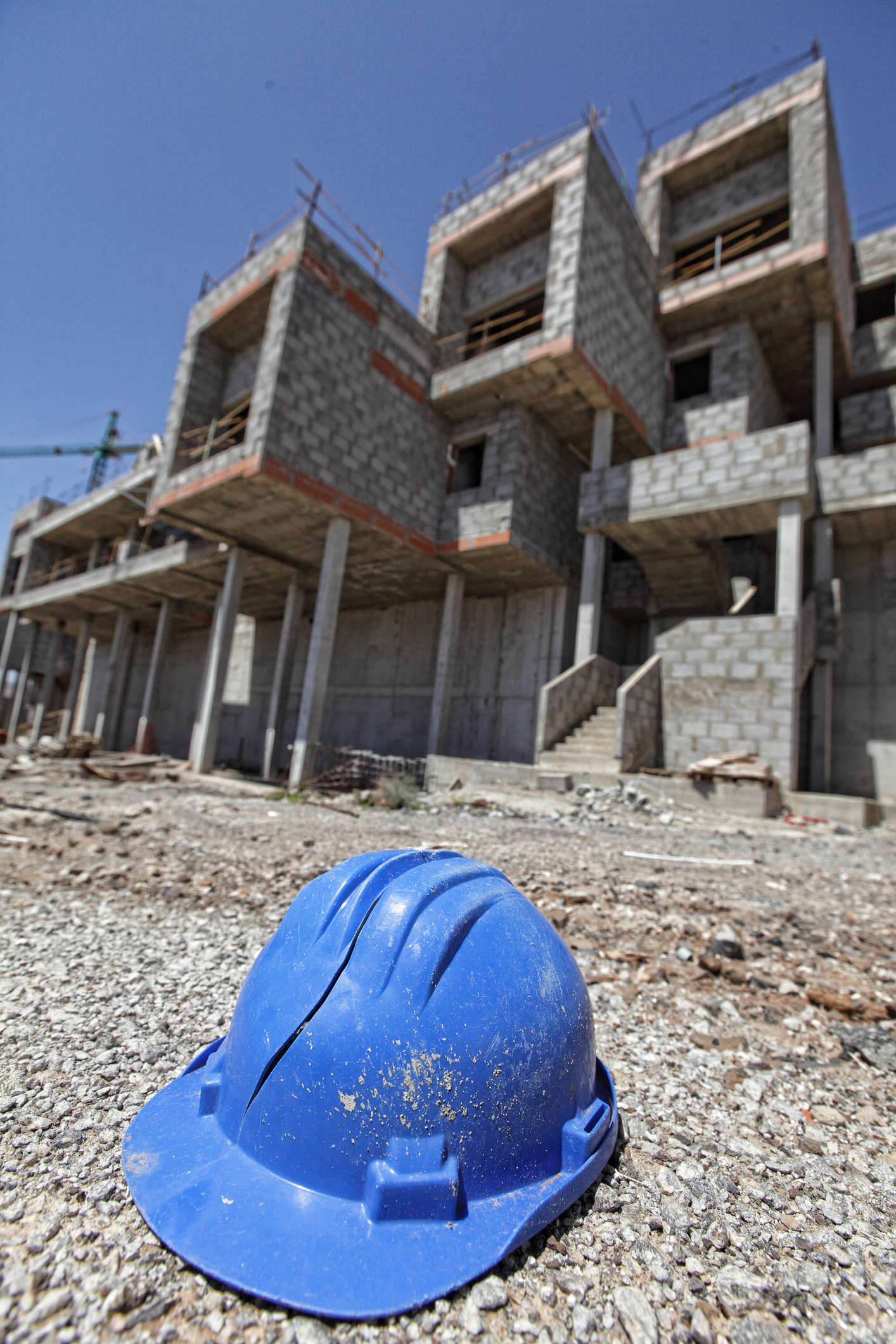
A hard money loan is a short-term asset-based, or equity-based, loan secured by real estate and funded by one or multiple private investors, rather...

If you’re seeking private financing for your real estate project, be aware that most hard money loans have a document called a Personal Guaranty....

If you’re like most people, you always buy or refinance with a traditional 30-year fixed rate mortgage. You've never considered using a hard money...